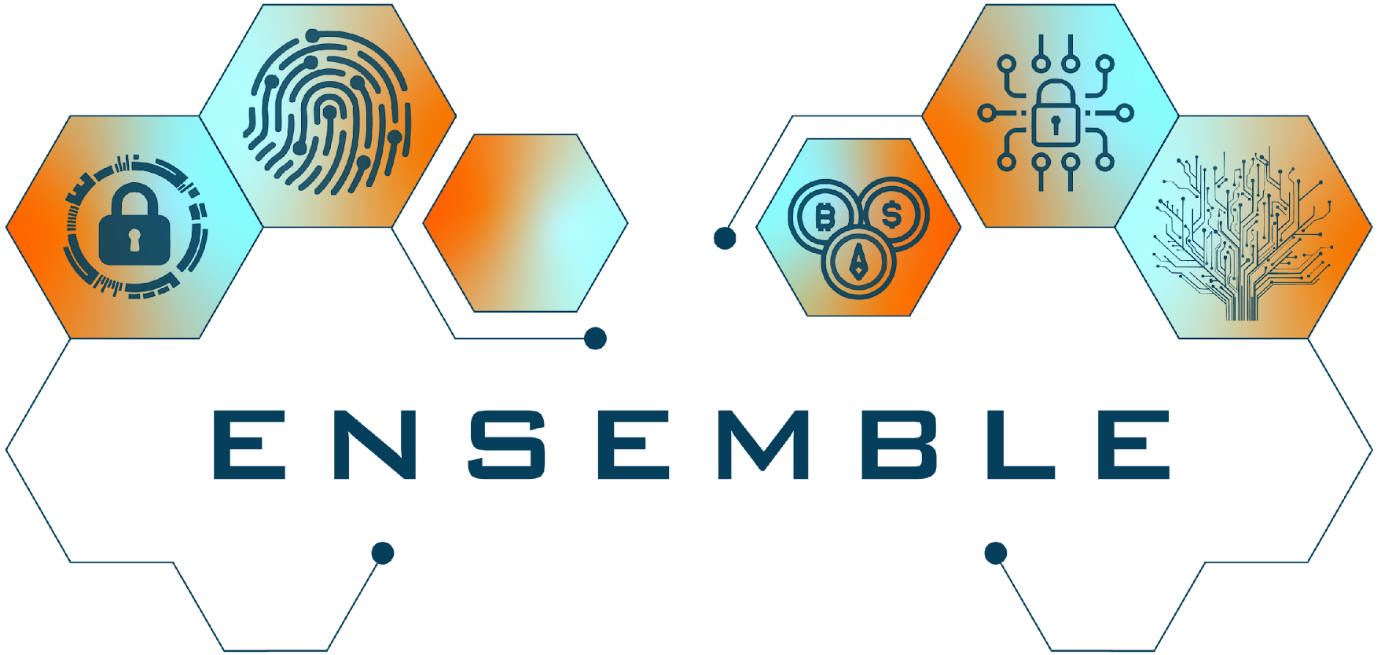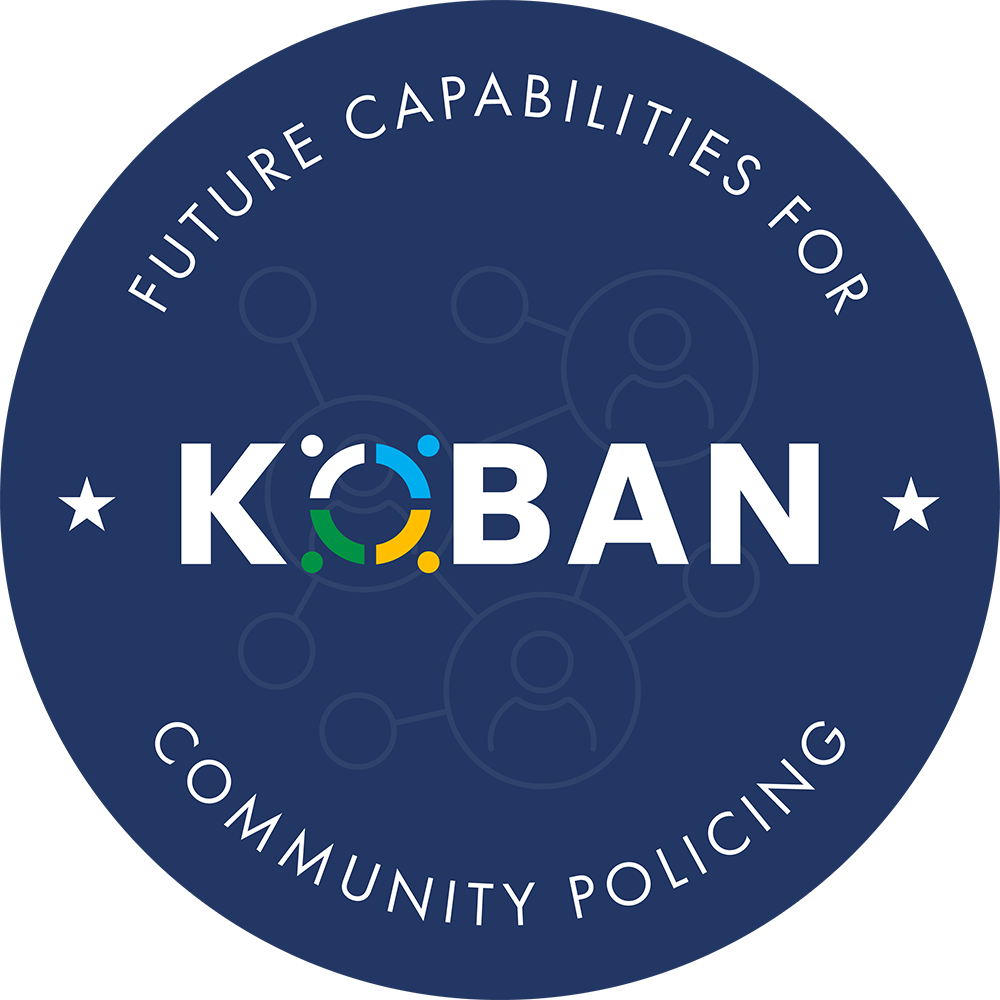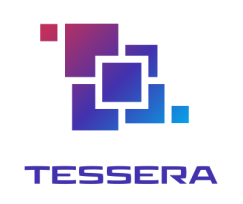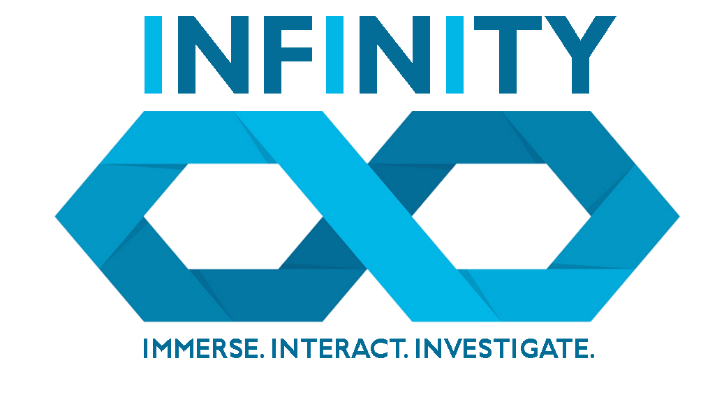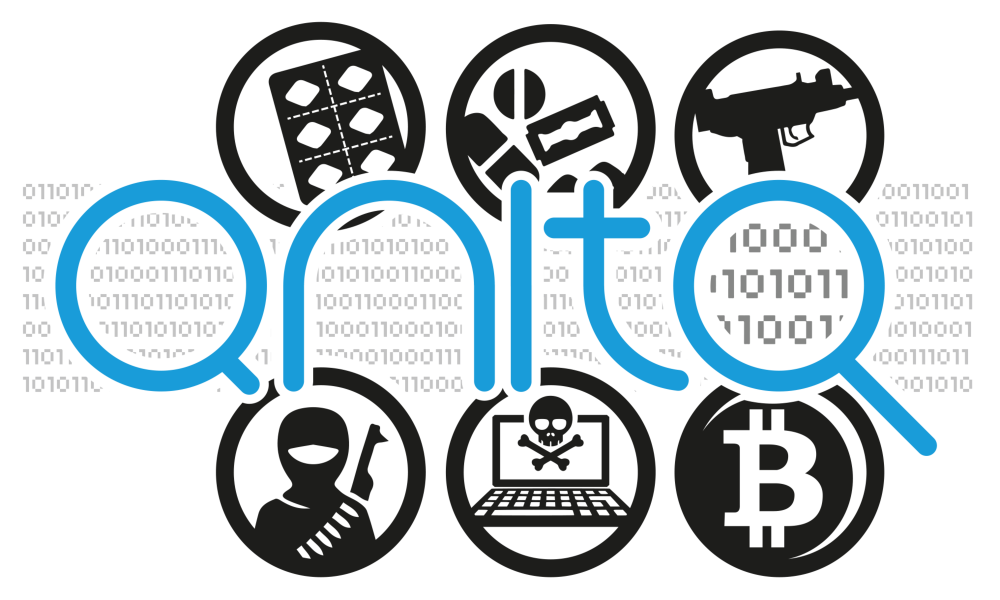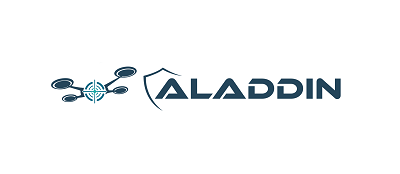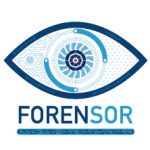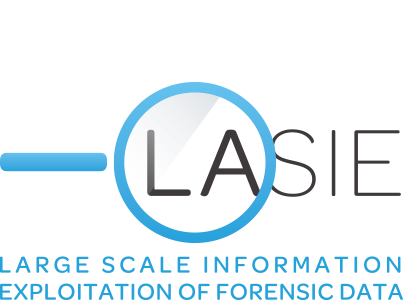Global Response Against Child Exploitation
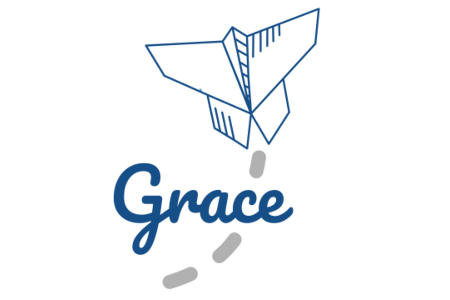
GRACE
GRACE aims to present a new dynamic approach based on big-data technologies supported by advanced AI-powered algorithms to support Law Enforcement Agencies (LEAs) in Europe in their fight against Child Sexual Exploitation (CSE).
GRACE will tackle the inflow of Child Sexual Exploitation and abuse Material (CSEM) referrals from Online Service Providers (OSPs), providing Big Data solutions for data ETL aiming to standardize referral management, avoid duplicate processing and enhance collaboration amongst MS LEAs. The data will be analysed in terms of visual, audio and text information using AI techniques to produce structured and validated information from the available content. A Federated (Machine) Learning platform will be developed for this purpose that will exploit available infrastructure and CSEM content distributed across MS for training beyond SoA neural network models.
Moreover, GRACE will provide novel forensic analysis tools such as CSEM-specific content analysis and classification, content-based geo-localisation, creation of evidence graphs to connect cases, case prioritization techniques and predictive analysis of trends in CSE offenders’ tactics.
GRACE will demonstrate the proposed technologies deploying a network of nodes in EUROPOL and with at least 6 MS LEAs, customised to the requirements and the capabilities of each that contributes in responding and intervening with CSE cases. More specifically, the idea for GRACE is to address four key areas:
- provide a validated route to directly address the backlog in referrals from OSPs to MS LEAs that will continue to scale as the number of referrals grow,
- provide an EU-wide federated learning infrastructure to train neural network models beyond the state of the art for content classification, maintaining the privacy and security of data across EU MS,
- deliver a semi-automated CSEM content analysis and prioritisation mechanism that provides LEAs with actionable intelligence to protect victims and apprehend offenders,
- facilitate LEAs’ ability to track short and long-term existing and emerging trends in the production, dissemination and consumption of online CSEM to inform stakeholders and policy actors.

